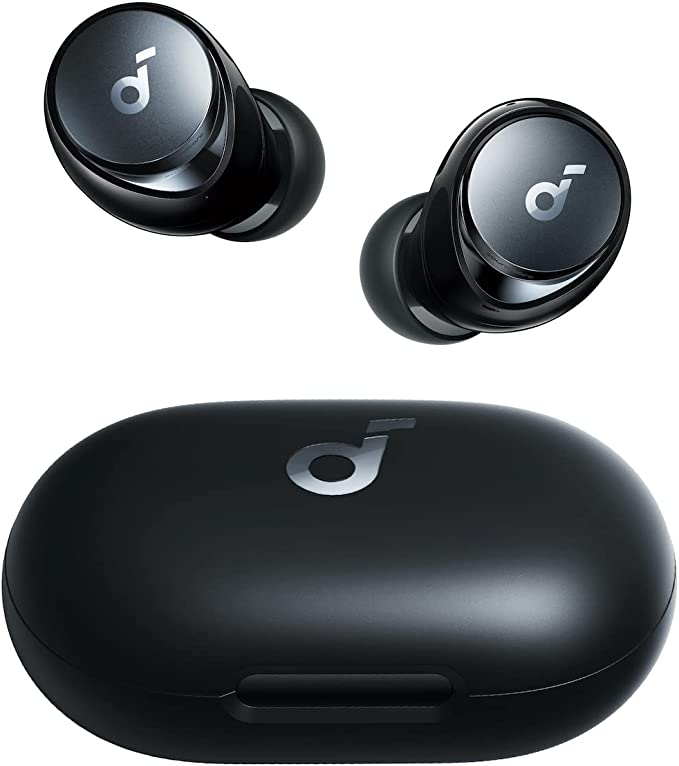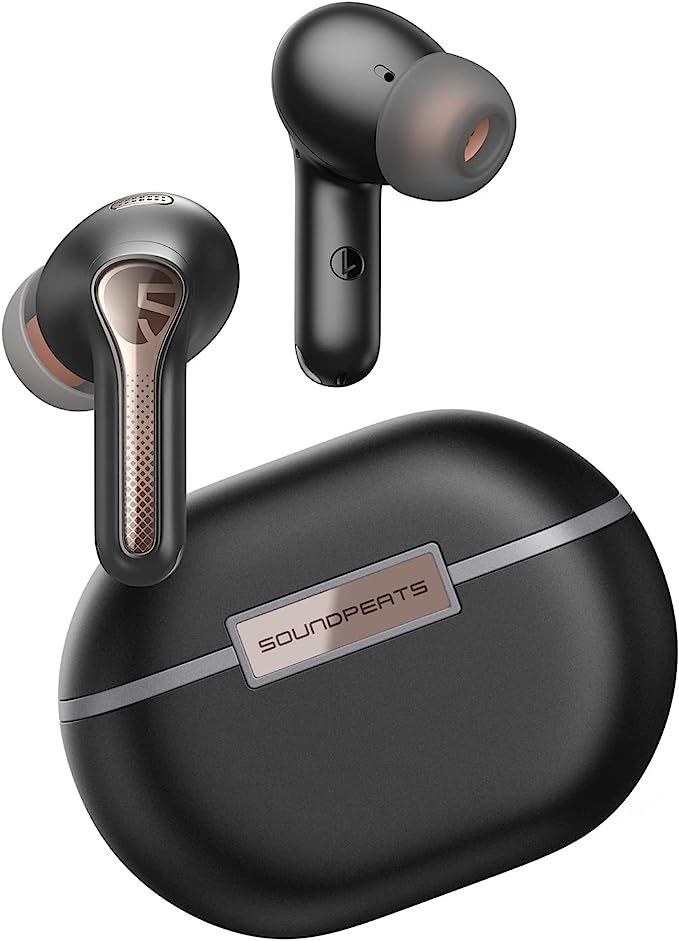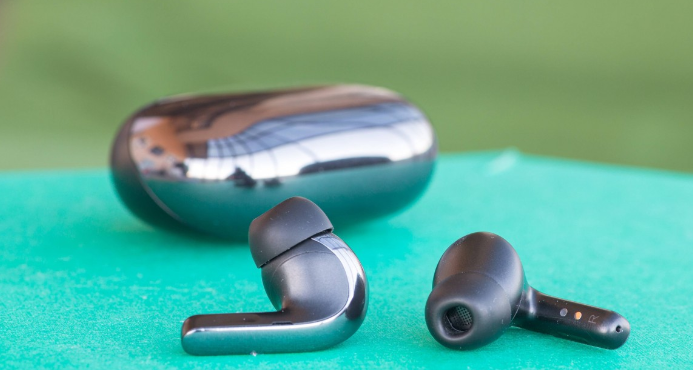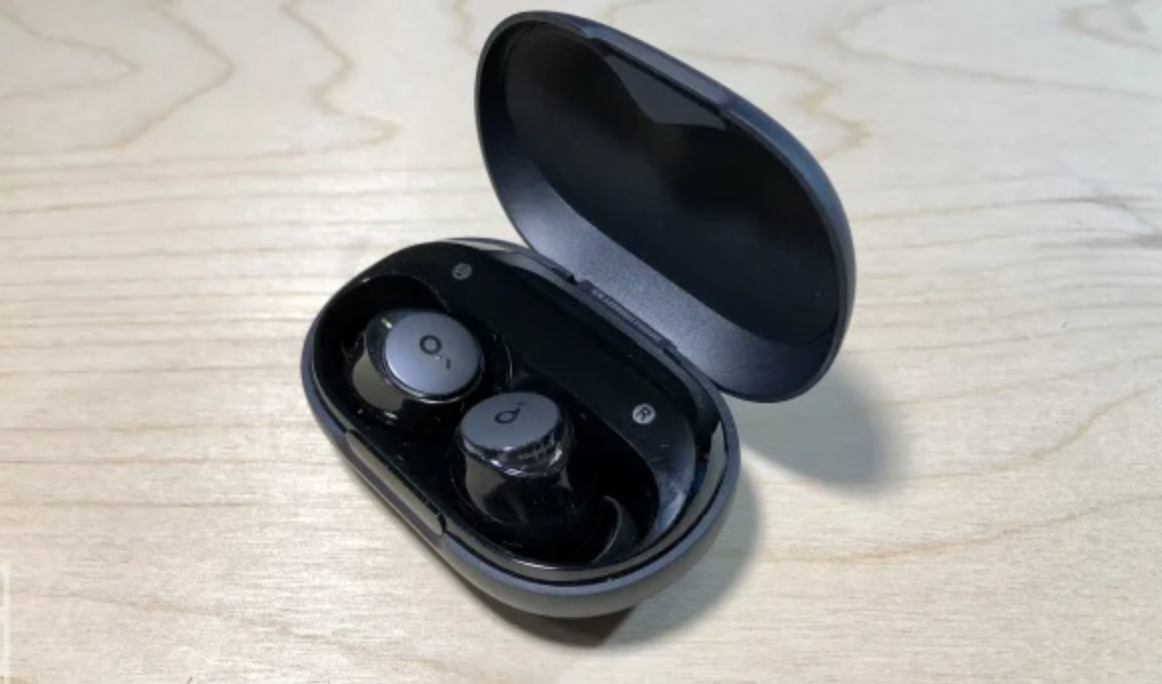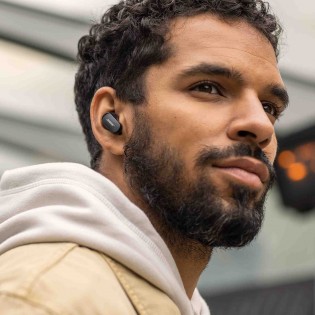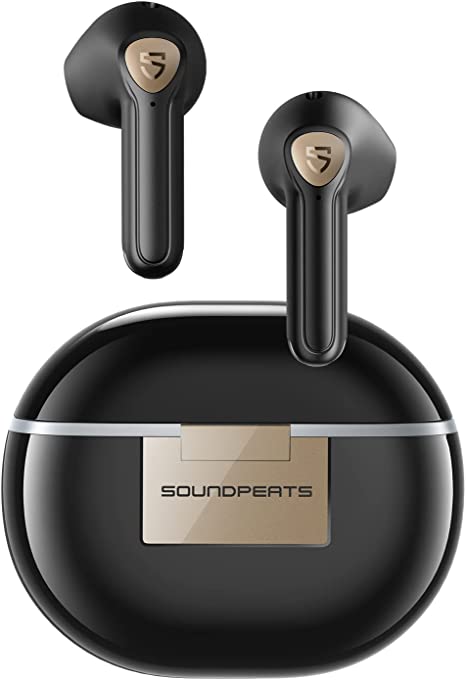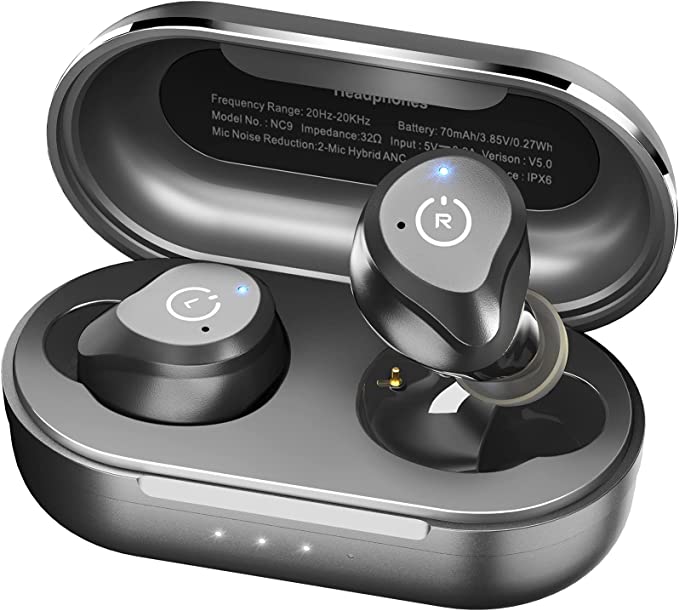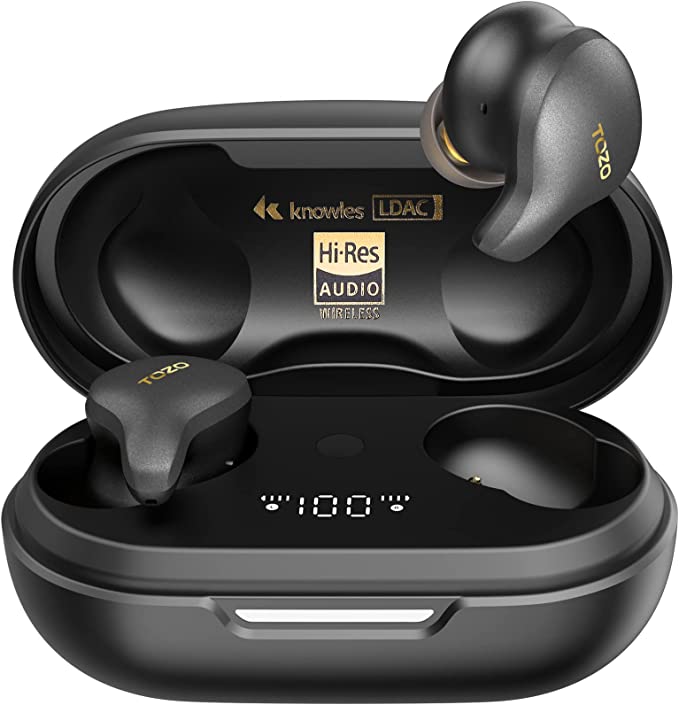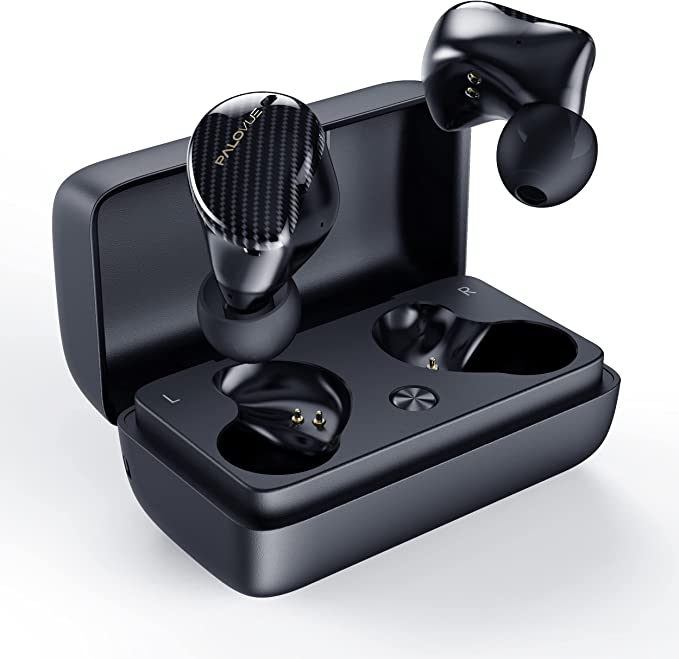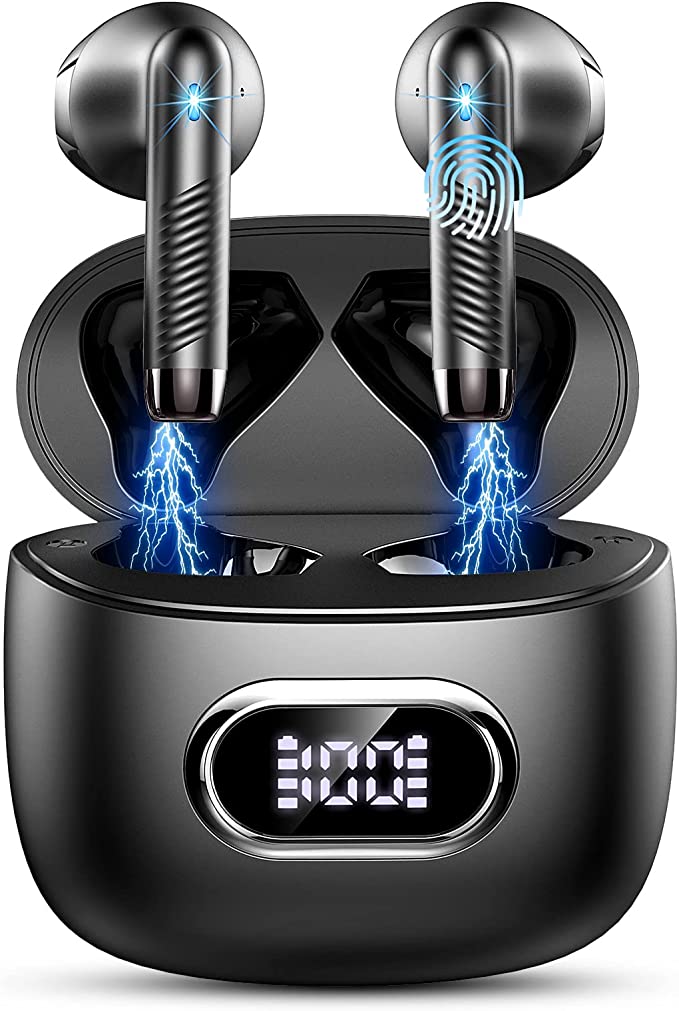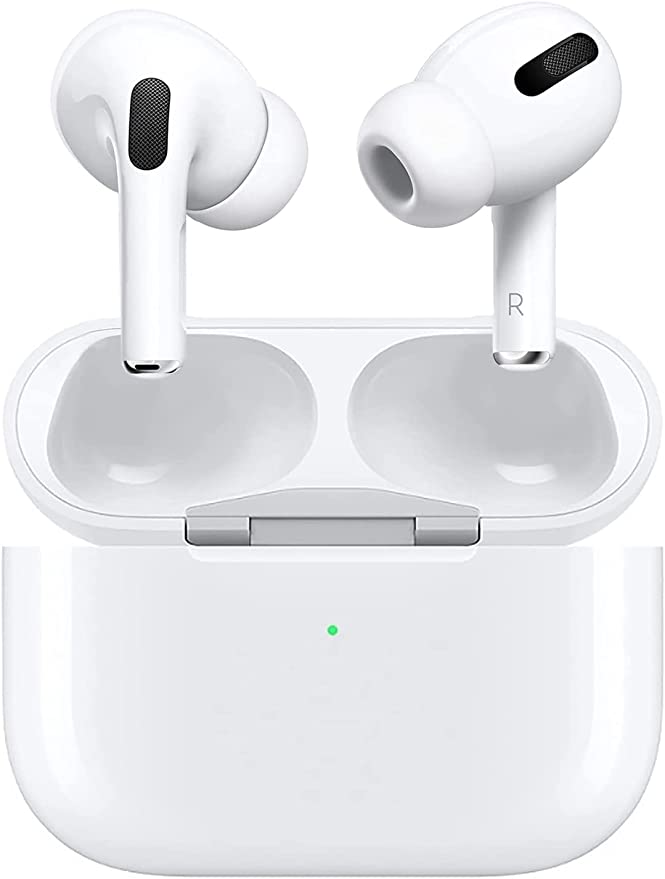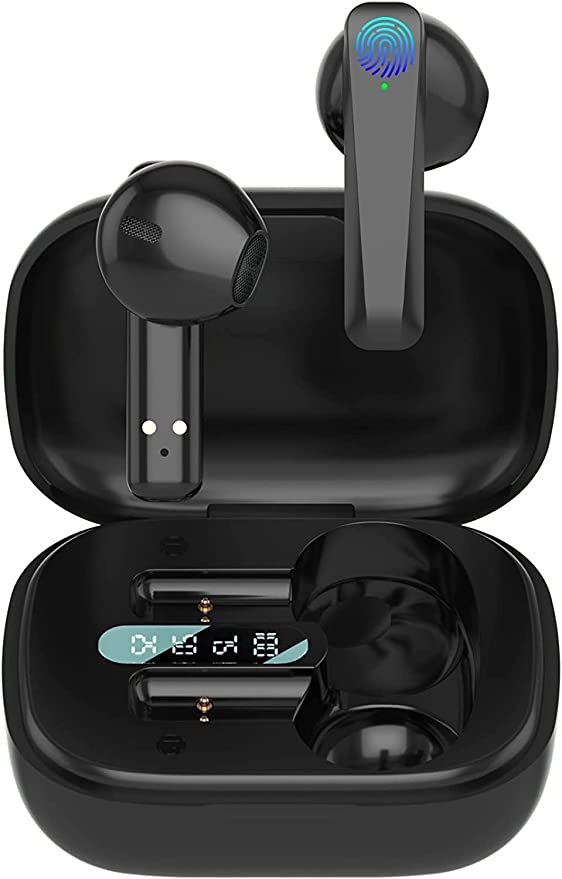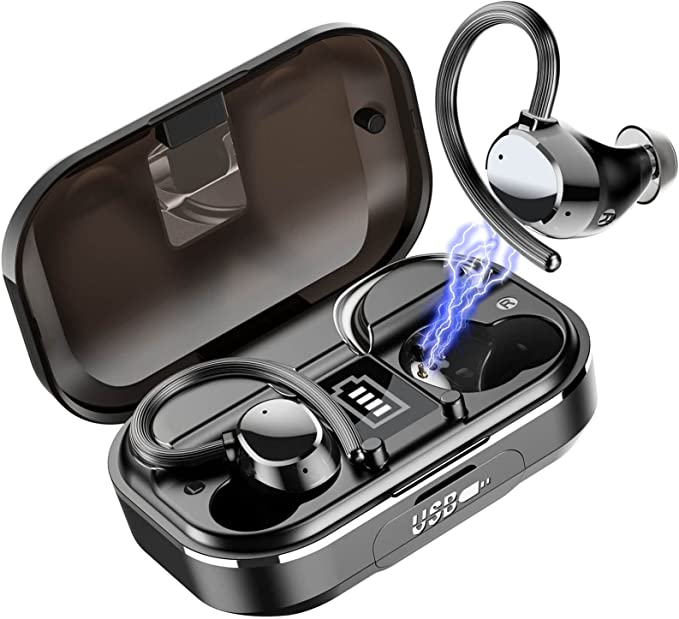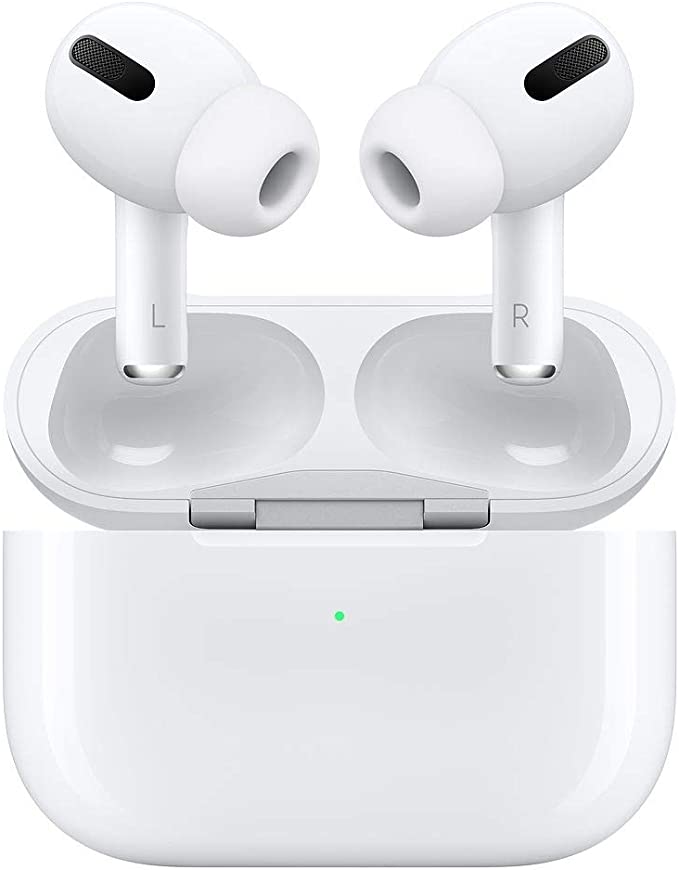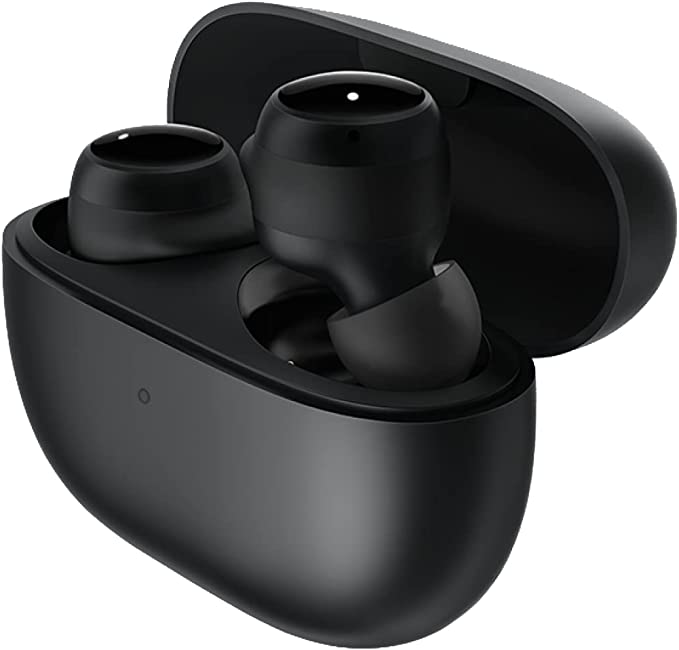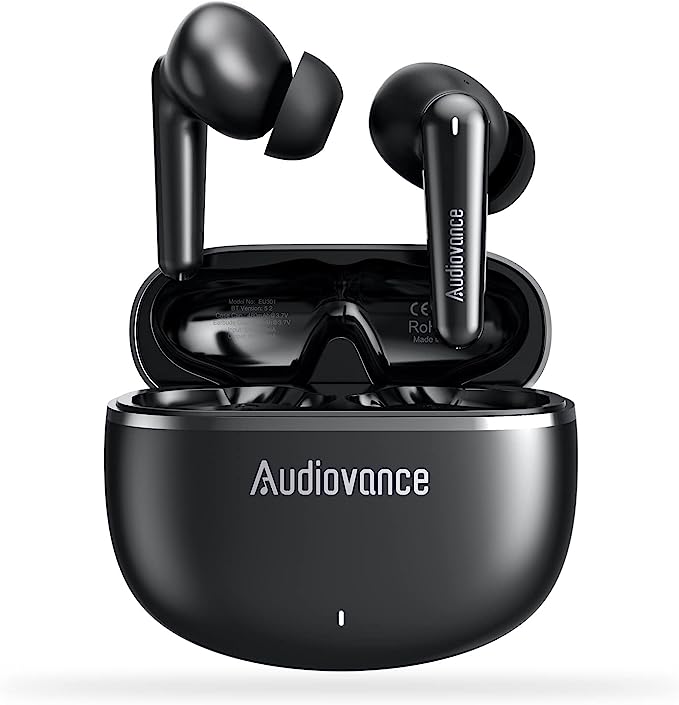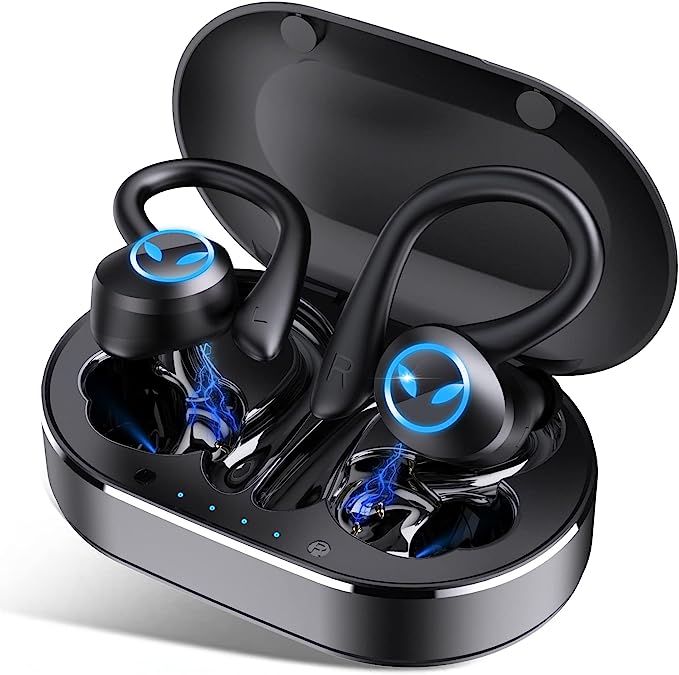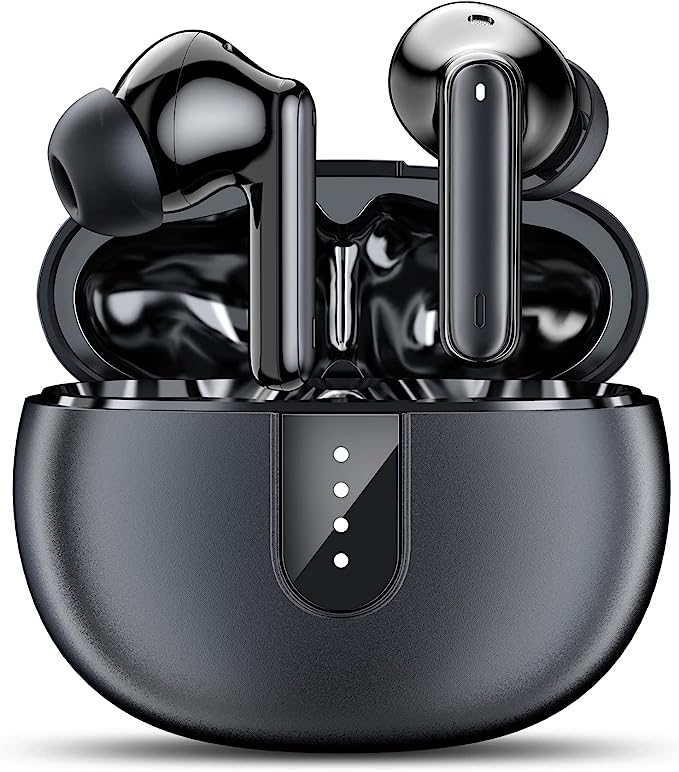Unveiling the Science of Sound: Inside the Anker Soundcore Liberty 4
Update on Feb. 17, 2025, 12:08 p.m.
Imagine you’re on a bustling city bus, the rhythmic drone of the engine competing with the cacophony of conversations, traffic, and the ubiquitous ding of mobile phone notifications. Or perhaps you’re trying to concentrate in a busy open-plan office, surrounded by the clatter of keyboards and the murmur of colleagues. In our increasingly noisy world, finding moments of peace and quiet can feel like a luxury. But what if you could carry a pocket-sized sanctuary with you, a device that could silence the chaos and immerse you in a world of pure, unadulterated sound? This is the promise of advanced noise-cancelling earbuds like the Anker Soundcore Liberty 4.

Sound: A Wave of Wonder
Before we dive into the technology that makes this sonic escape possible, let’s take a moment to appreciate the wonder of sound itself. Sound is, fundamentally, vibration. When an object vibrates – a guitar string, a vocal cord, a loudspeaker – it creates pressure waves that travel through the air. These waves reach our ears, where they’re converted into electrical signals that our brains interpret as sound.
The characteristics of these waves determine what we hear. The frequency of the wave, measured in Hertz (Hz), dictates the pitch. A high-frequency wave sounds like a high-pitched whistle, while a low-frequency wave sounds like a deep rumble. The amplitude of the wave, measured in decibels (dB), determines the loudness. And the timbre, the complex combination of different frequencies, is what allows us to distinguish between, say, a violin and a trumpet playing the same note.
Our ears are remarkable instruments, capable of detecting a vast range of sounds. However, our hearing isn’t equally sensitive to all frequencies. We’re most sensitive to sounds in the mid-range frequencies (around 2,000 to 5,000 Hz), where human speech typically falls. And, unfortunately, prolonged exposure to loud noises, especially at higher frequencies, can damage the delicate hair cells in our inner ear, leading to hearing loss.
The Art of Anti-Noise: How Active Noise Cancellation Works
This is where Active Noise Cancellation (ANC) comes in. ANC isn’t about simply blocking sound, like sticking your fingers in your ears. It’s a much more sophisticated process that involves actively erasing unwanted noise. Think of it as fighting fire with fire, or, more accurately, sound with sound.
Here’s the basic principle:
- Listen: Tiny microphones on the outside of the earbuds “listen” to the ambient noise around you.
- Analyze: A specialized digital signal processor (DSP) chip inside the earbuds analyzes the incoming sound waves.
- Invert: The DSP creates a new sound wave that is the exact inverse of the incoming noise. This means that the peaks of the anti-noise wave align with the troughs of the noise wave, and vice versa.
- Cancel: When the original noise wave and the anti-noise wave are played together, they interfere with each other destructively. The peaks and troughs cancel each other out, significantly reducing the overall amplitude of the sound, and therefore the loudness.
This principle, known as phase cancellation, is a fundamental concept in wave physics. It’s like adding +1 and -1; the result is zero.
It is worth clarifying a common misconception. While ANC is most effective at cancelling out consistent, low-frequency sounds (like the hum of an airplane engine), modern ANC systems don’t only target low frequencies. There are actually different types of ANC:
- Feedforward ANC: Uses microphones on the outside of the earcups to detect noise before it reaches your ears. This is generally better at cancelling out higher-frequency sounds.
- Feedback ANC: Uses microphones inside the earcups to monitor the sound that actually reaches your ears. This is generally better at cancelling out lower-frequency sounds.
- Hybrid ANC: Combines both feedforward and feedback microphones to provide the best of both worlds, offering more comprehensive noise cancellation across a wider range of frequencies. The Soundcore Liberty 4 likely utilizes a hybrid ANC system.
Inside the Soundcore Liberty 4: A Technological Marvel
The Anker Soundcore Liberty 4 earbuds pack a remarkable amount of acoustic engineering into a tiny package. Let’s explore some of their key features:

ACAA 3.0: Harmony in Motion
At the heart of the Liberty 4’s sound quality lies Soundcore’s proprietary ACAA 3.0 (Astria Coaxial Acoustic Architecture) technology. This isn’t your average single-driver earbud. It features two dynamic drivers, strategically aligned on the same axis.
Think of it like a musical ensemble. A single instrument can sound beautiful, but a full orchestra, with different instruments playing different parts, can create a much richer and more complex sound. Similarly, the dual-driver design of the ACAA 3.0 allows for a wider frequency range and lower distortion. One driver is dedicated to handling the bass and midrange frequencies, while the other focuses on the treble.
The coaxial alignment is crucial. By placing the drivers on the same axis, the sound from both drivers reaches your ear at the same time, ensuring accurate soundstage and imaging. You’ll hear the instruments and vocals precisely where they’re supposed to be in the mix, creating a more natural and immersive listening experience.
Furthermore, the Liberty 4 supports LDAC, a high-quality audio codec developed by Sony. Compared to standard Bluetooth codecs like SBC and AAC, LDAC can transmit up to three times more data, resulting in a more detailed and nuanced sound, closer to the original studio recording. This is especially noticeable when listening to high-resolution audio files.
HearID ANC: Your Personal Sound Sanctuary
But great sound is only half the story. The Liberty 4 also boasts HearID ANC, a personalized noise cancellation system that adapts to your unique hearing profile.
We don’t all hear the same way. Factors like age, genetics, and exposure to loud noises can affect our sensitivity to different frequencies. HearID ANC takes this into account. Using the Soundcore app, you’ll take a short hearing test. The app plays a series of tones at different frequencies and asks you to indicate when you can hear them. This creates a personalized “HearID” profile that maps your hearing sensitivity across the audible spectrum.
The Liberty 4 then uses this profile to tailor the ANC curve, optimizing the noise cancellation for your ears. This ensures that the ANC is most effective at blocking out the frequencies you’re most sensitive to, while preserving the clarity and balance of the music you’re listening to. The adaptive mode goes a step further, automatically adjusting the ANC level based on the noise levels in your surroundings.

Spatial Audio: Sound All Around
The Liberty 4 earbuds also feature 360° immersive spatial audio. This isn’t just about making your music sound wider; it’s about creating a dynamic soundstage that moves with you.
Built-in gyroscopes track your head movements in real-time. A sophisticated spatial audio algorithm then uses this information to adjust the sound, making it seem like the audio is coming from fixed points in space around you. Turn your head, and the soundstage shifts accordingly, creating a truly immersive and realistic listening experience, whether you’re listening to music, watching a movie, or playing a game.

Beyond the Music, other feature
The Liberty 4 don’t stop at exceptional audio. The charging case utilizes the principle of electromagnetic induction for wireless charging. A coil in the charger generates a magnetic field, which induces a current in a corresponding coil within the case, replenishing the battery.
And, Six microphones, combined with a noise reduction algorithm, work in concert to filter out background noise during calls, ensuring your voice is transmitted clearly, even in noisy environments. The CloudComfort ear tips, featuring a dual-layer structure, conform to the shape of your ear canal, providing a secure and comfortable fit for extended listening sessions. The earbuds also boast an impressive battery life – up to 9 hours on a single charge (though this will be lower with ANC enabled), and up to 28 hours with the charging case. A quick 15-minute charge provides up to 3 hours of playtime, perfect for those times when you’re short on time.
The Convergence of Health and Technology
Interestingly, the Liberty 4 also incorporates a heart rate sensor. This might seem unusual for earbuds, but it reflects a growing trend of integrating health monitoring features into wearable devices. The sensor likely uses photoplethysmography (PPG), a technique that uses light to measure changes in blood volume. By shining a light onto the skin of your ear and measuring the amount of light reflected back, the sensor can detect your pulse and calculate your heart rate.
This feature can be useful for tracking your heart rate during workouts, monitoring your stress levels, or simply getting a better understanding of your overall cardiovascular health. It’s a testament to how technology is increasingly blurring the lines between entertainment, convenience, and well-being.

A Conductor of Your Own Soundscape
“I used to dread my commute,” shares one user, “but now, with the Liberty 4, I actually look forward to it. The noise cancellation is incredible, and I can finally enjoy my podcasts and audiobooks without being disturbed by the city noise.”
Another user highlights the sound quality: “The clarity and detail are amazing. I’m hearing nuances in my favorite songs that I’ve never noticed before.”

The Anker Soundcore Liberty 4 earbuds are more than just headphones; they’re a sophisticated piece of acoustic engineering that puts you in control of your sonic environment. By combining cutting-edge noise cancellation, personalized sound profiles, immersive spatial audio, and even health monitoring, they offer a truly holistic listening experience. They empower you to escape the noise, embrace the sound, and become the conductor of your own personal soundscape. And as technology continues to advance, we can only imagine what the future holds for the evolution of sound and our ability to shape it to our liking. Perhaps one day, we’ll have earbuds that can not only cancel out unwanted noise but also enhance the sounds we do want to hear, creating a truly personalized and augmented auditory reality.
